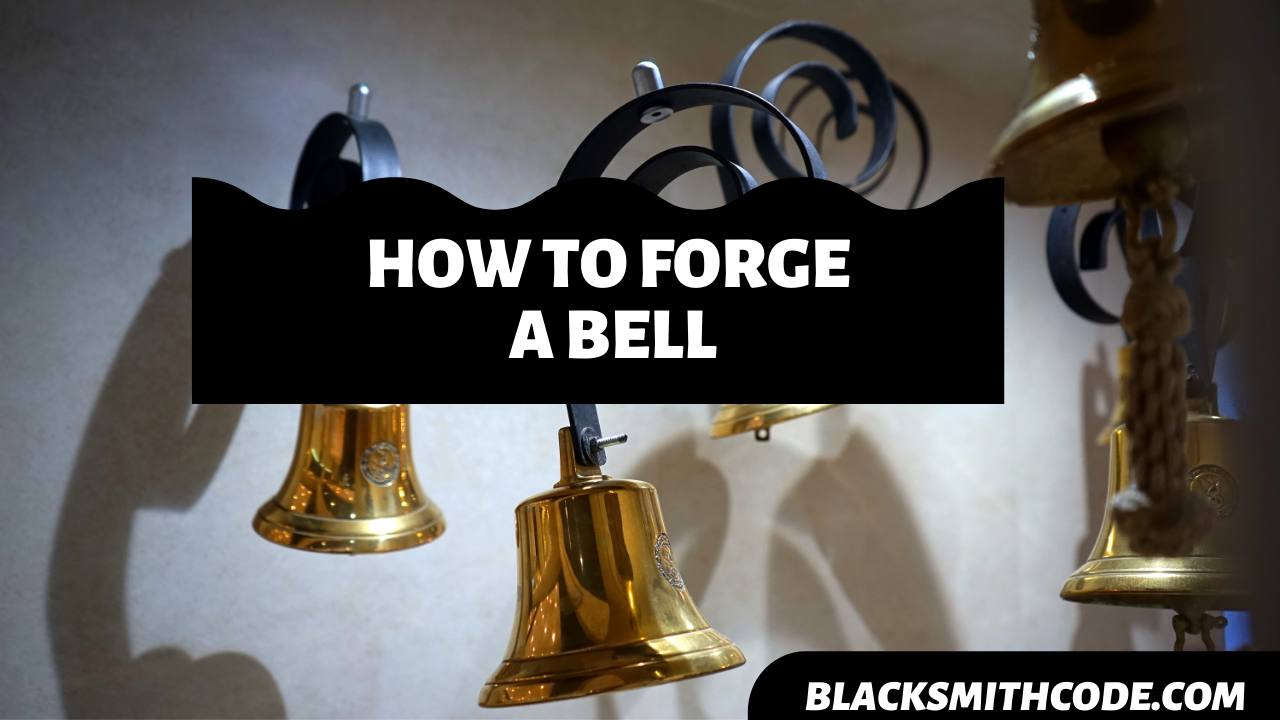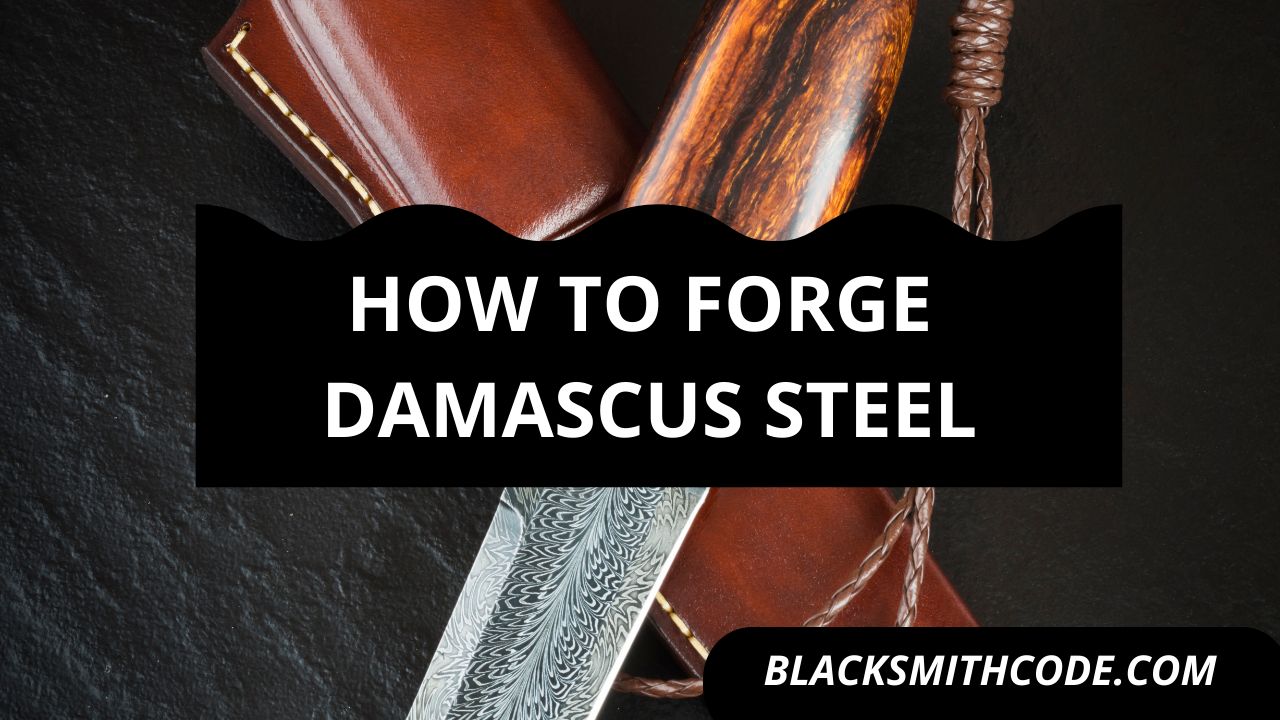Are you considering how to forge a highly commercial product? Then, try learning how to forge a bell. A bell is not just a block of steel; it gives a musical sound and can be tuned to any sound your desire without a musical key.
There is no doubt that the bell brings out the harmony you desire as you put your effect into it. Most times, the sound gets annoying because, unlike other musical instruments, it does not have the keys to regulate its frequency.
The sweet sound of a bell sound adds a perfect tiny melody to the atmosphere. It might also be an essential tool for communication within a large group of people. It can also be used for personal purposes like alarms.
Creating this little but mighty instrument is not as challenging as many would assume, although it requires practical effort to bring it to reality. On the other hand, the blacksmith would be in the best position to let us know how stressful and demanding the creation of a bell is.
If you can take note of these steps, you will come up with a creative bell, especially for your domestic use.
Instructions on How to Forge a Bell
Step 1: Get the Tools and Materials
Before you launch deep into the process of making a bell, make sure you have your tools ready. You should also arrange them in the order of importance close to your worksite.
It is professional to have your materials ready before starting to work. Carefully choose the best materials that will bring out a professional spice on your work.
The best metal used for making a bell is a hard alloy, which is in the form of bronze and contains a high percentage of tin. The bronze gives a resonating sound, and it is hard enough to reduce the rate of oxidation.
Step 2: Map out Your Desired Shape
Every bell is structured in such a way that it will bring out the desired sound. Bells are mostly curved with either a dangling rod inside or have a rod used to bang it on the outside.
Pro Tip
It can be the same, medium-sized, or large enough to make the whole town hear its sound. Remember, your desired structure has a lot to do with the purpose of the bell. So, consider the purpose and then draw out the structure that best suits it.
Step 3: Start with Measurements
Keep your desired structure in mind and get accurate measurements of the metal you are using. Measure the part of the metal rod you want to carve into a bell before heating in the forge.
Also, measure out the rod that will be put inside the round bell. Take time to measure the hanger that will connect the bell and the ball of rod inside it. It is essential to ensure that your measurements are precise and accurate.
It would be best if you also remembered to consider the curves while taking the measurement.
Step 4: Heat and Beat to Shape
Quick Steps
- With the measuring rod for making the bell, heat the measured part until it is hot enough to beat it.
- After removing from heat, beat until it brings out the desired shape.
- On the other hand, measure the rod for making the round ball inside the bell.
- Heat it up in the forge and the beat it till the shape forms.
- Form the hanger as well. It is the last part you need to beat to shape. Beat it till it becomes smooth out to form the long rod that holds the bell and the rod inside.
Step 5: Join All the Parts
With the heated and accurately beaten rod, melt together with the semicircle bell. Remember, the rod inside the bell is dangling and should be melted at the upper part of the bell. Also, melt the hanger at the tip outside the bell.
Use a suitable joining technique to ensure a successful output.
Step 6: Brush, Paint, and Finishing
Finally, brush with a clean rag and paint the bell with the desired color you want. You can also polish it to improve its outlook. You must ensure that the output of the bell is appealing, and it produces the desired sound.
FAQs on How to Forge a Bell
Question
What is a bell used for?
Bells are frequently used to generate sound and make awareness of someone or something in an area. They are mostly used in religious gatherings, cultural celebrations, announcements, schools, drum parts, Christmas trees, and many other gatherings.
Question
Can the size of a bell determine the loudness of its sound?
Yes, the bigger the size of a bell, the louder the bell sounds. In most cases, a bell sounds very loud because of the texture of the material of metal used to make it. For example, bells used in a family gathering will be smaller than the bell used in a large religious setting.
Question
What does the painting do to the bell?
The painting done after the bell is finally made is to prevent and reduce the chances of the metal from oxidation. Oxidation is when rusting happens from the presence of water and air. This chemical process leaves the metal with a brownish discoloration.
Oxidation will enhance the deterioration of the bell. To prevent rusting from happening, then painting is necessary.
Video on How to Forge a Bell
Warnings
To avoid emergencies and injuries while forging a bell, you must follow these simple rules carefully.
- Make sure you are always wearing your gloves to avoid picking up a hot metal unknowingly.
- Put on dark shade glasses to avoid the effect of fire and flames around.
- Ensure you are very careful with the hammer and other sharp tools in the workshop to avoid injuring your hands.



